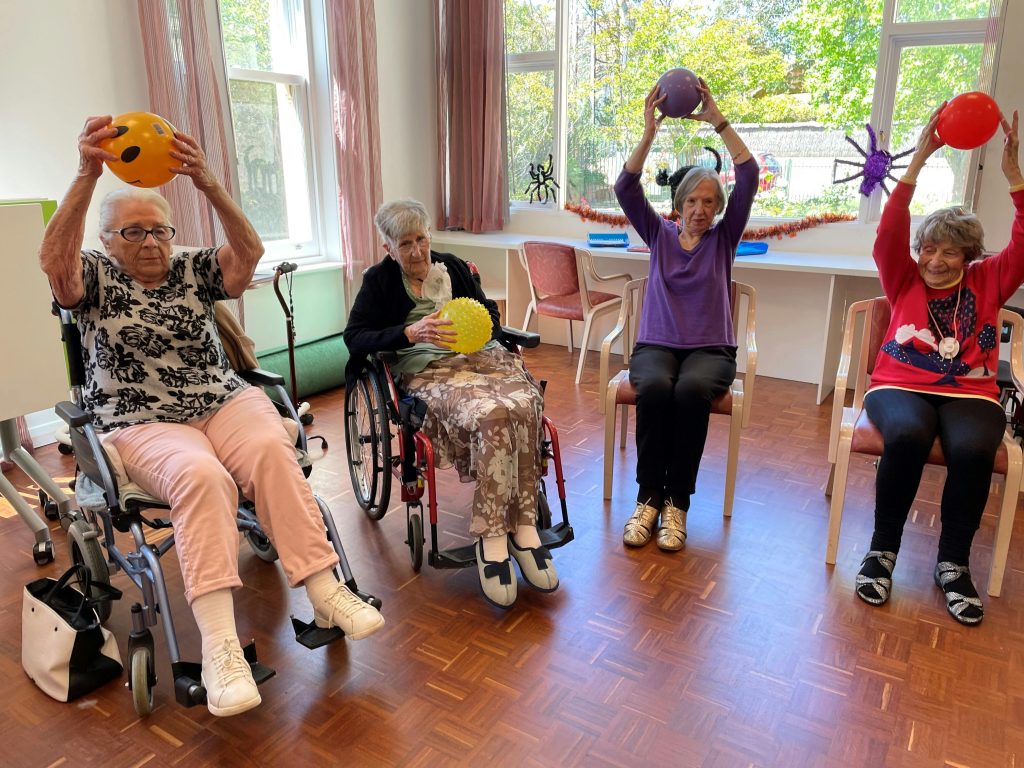In the digital era, where online presence is pivotal, the design and functionality of a website play a critical role in engaging potential residents and their families.
I. Introduction
Responsive web design is not just a trend; it’s a fundamental necessity for assisted living facilities aiming to provide an optimal viewing and interaction experience across various devices. This section outlines the significance of responsive design in the context of user engagement.
A. The Significance of Responsive Web Design
- Adapting to User Behavior: With the proliferation of mobile devices, users expect seamless browsing experiences on smartphones, tablets, and desktops.
- Enhancing User Experience: A responsive design ensures that the website is easy to navigate, regardless of the device used.
- Google’s Mobile-First Indexing: Google prioritizes mobile-friendly websites, influencing search rankings significantly.
II. Understanding Responsive Web Design
A. Principles of Responsive Design
Key Principles
| Principle | Description |
|---|---|
| Fluid Grids | Designing layouts with flexible grid systems to adapt to different screen sizes. |
| Flexible Images | Ensuring images resize proportionally to maintain clarity and aesthetics. |
| Media Queries | Implementing CSS media queries to apply different styles based on device characteristics. |
MECE Approach
- Mutually Exclusive: Each principle addresses a specific aspect of responsive design independently.
- Collectively Exhaustive: Combined, these principles create a holistic and adaptable design framework.
III. Impact on User Experience
A responsive website directly influences how users interact with the content, services, and information provided by assisted living facilities.
A. User-Friendly Navigation
- Intuitive Menus: Responsive design allows for streamlined menus that adapt to smaller screens, ensuring ease of navigation.
- Clear Call-to-Actions: Well-designed responsive sites feature prominent and accessible calls-to-action, encouraging user engagement.
B. Page Load Speed
- Mobile Optimization: Faster loading times on mobile devices contribute to a positive user experience.
- Google’s Page Speed Ranking Factor: Page speed is a crucial factor for search rankings, emphasizing the need for responsiveness.
IV. SEO Benefits of Responsive Web Design
Search Engine Optimization (SEO) is inherently linked to website design, and a responsive approach brings notable advantages.
A. Single URL Structure
- Consistent URLs: A responsive design uses a single URL for all devices, simplifying SEO efforts.
- Avoiding Duplicate Content: With a single URL, there’s no need for separate mobile and desktop versions, eliminating duplicate content concerns.
B. Improved Mobile-First Indexing
- Google’s Preference: Responsive designs align with Google’s preference for mobile-first indexing, positively impacting search rankings.
- Unified Content Indexing: The same content and metadata are used for both mobile and desktop versions, contributing to a more cohesive indexing process.
V. Case Studies: Successful Implementation of Responsive Design
A. Facility A
Impact Metrics
| Metric | Improvement (%) |
|---|---|
| Bounce Rate | Decreased by 20% |
| Conversion Rate | Increased by 15% |
| Search Rankings | Moved up by 3 positions |
Observations
- Enhanced Engagement: The responsive design led to reduced bounce rates, indicating increased user engagement.
- Conversion Uplift: Improved conversion rates showcased the direct impact on user actions.
- Positive SEO Impact: The facility experienced an upward shift in search rankings, attributed to a mobile-friendly design.
B. Facility B
Impact Metrics
| Metric | Improvement (%) |
|---|---|
| Average Session Duration | Increased by 30% |
| Mobile Traffic | Increased by 25% |
Observations
- Extended User Sessions: The responsive design contributed to longer average session durations, indicating sustained user interest.
- Mobile Traffic Surge: A significant rise in mobile traffic reflected the positive response to the mobile-friendly experience.
VI. Implementation Best Practices
A. Collaborating with Web Developers
- Open Communication: Effective collaboration between facility stakeholders and web developers is crucial.
- User Testing: Conduct extensive user testing to identify and address any usability issues.
B. Continuous Monitoring and Optimization
- Regular Audits: Schedule regular audits to ensure the ongoing effectiveness of the responsive design.
- Feedback Loops: Encourage user feedback to identify areas for improvement and optimization.
VII. Conclusion
In conclusion, the impact of responsive web design on assisted living facility engagement cannot be overstated. The dynamic nature of online interactions demands websites that seamlessly adapt to diverse devices and user behaviors. By embracing responsive design principles, assisted living facilities can not only enhance user experience and engagement but also bolster their search engine rankings. The case studies presented underscore the tangible benefits, and with meticulous implementation and continuous optimization, facilities can navigate the digital landscape successfully. As Google prioritizes mobile-friendly experiences, responsive web design emerges as an indispensable tool for outranking competitors and creating lasting connections with potential residents and their families.



